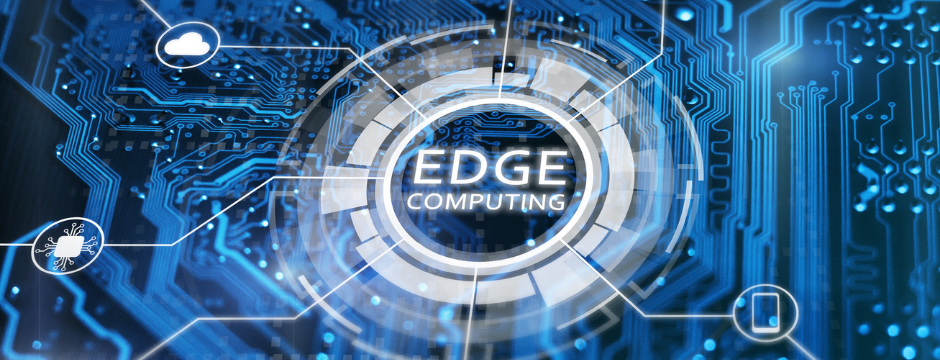From year to year, technology continues to evolve at a rapid pace. Today’s new technologies like 5G, IoT and AI require low latency, higher bandwidth, and much more capacity. It is expected that the global IoT market will grow tremendously, by 2025. This opens the door for edge computing, which is set to become one of the most effective solutions for competitive industries. But what exactly is edge computing? Let's find out!
Edge computing is a way of removing and integrating data closer to its source. It is not only the basis for Mobile Computing, but also for Internet of Things (IoT) technologies. Applications such as VR (Virtual Reality) and AR (Augmented Reality), autonomous vehicles, RPM (Remote Patient Monitoring) along with analyzed data from billions of connected devices, expect less latency and better performance. So, industries like healthcare, tech, banking, and transportation are only some of the industries that need more than ever to utilize edge technologies.
Additionally, IoT devices, demand more agility, more capacity, and of course, faster connectivity. Especially, even though 5G technology means more data, typical clouds cannot fulfill those requirements. Hybrid, on-premises, and public clouds will be necessary to manage the increased influx of data. Edge computing is able to deliver more workloads that require less than 10 milliseconds of lag. Data processing at a rapid pace improves the performance of the application.
That’s why data centers are transformed into centers of data exchange, adopting a data-centric architecture that defeats data gravity barriers. This approach allows for integration between core, cloud, and edge at centers of data exchange, implementing a secure, data-centric hybrid IT architecture at Global Enterprise points of business presence deployed in multi-tenant datacenters.
Moving data infrastructure, applications, and data resources to the edge can enable faster response to business needs, increased flexibility, scalability, and increase long-term resilience.
Enterprises that are going to use edge computing and hybrid cloud together will get benefits of both. Each of them offers many advantages. Edge computing can reduce network costs and provide less transmission delays. It improves applications’ response time and has better control over sensitive data. A hybrid cloud, on the other hand, offers great flexibility and allows large amounts of data to be transmitted across multiple environments. Furthermore, a multi-cloud environment can help protect applications and data while ensuring nonstop availability by offering backup and recovery capabilities.
The world is getting faster, data are growing exponentially, IoT adoption is increasing, and models have become more complex. Big data is now the center of digital transformation. Businesses need solutions that meet their specific requirements at the lowest possible cost. Is your business ready for this transformation? Lamda Hellix is here to keep your business on the right track. Contact us here to learn more!


